What Camera Filter To Provide Softness?
In the world of photography, achieving the perfect shot often requires more than just a good camera and lens. Filters play a crucial role in enhancing the quality and mood of an image. One of the most sought-after effects in photography is the soft, dreamy look that can transform an ordinary photo into a work of art. This effect is often achieved using specific camera filters designed to provide softness. In this article, we will explore the different types of camera filters that can provide softness, how they work, and when to use them to achieve the best results.

Understanding Softness in Photography
Before diving into the types of filters, it's essential to understand what softness in photography means. Softness refers to a reduction in the sharpness and contrast of an image, creating a more ethereal and dreamy appearance. This effect can be particularly desirable in portrait photography, where it can help to smooth out skin tones and create a more flattering image. It can also be used in landscape photography to create a sense of mist or haze, adding a magical quality to the scene.
Types of Camera Filters for Softness
1. Soft Focus Filters
Soft focus filters are specifically designed to reduce the sharpness of an image. They work by diffusing the light that enters the lens, creating a soft, glowing effect. These filters are often used in portrait photography to smooth out skin imperfections and create a more flattering image. They can also be used in landscape photography to add a dreamy quality to the scene.
2. Diffusion Filters
Diffusion filters work similarly to soft focus filters but tend to produce a more pronounced effect. They scatter the light that enters the lens, creating a soft, hazy look. These filters are often used in portrait photography to create a romantic, ethereal effect. They can also be used in landscape photography to add a sense of mist or fog to the scene.
3. Fog Filters
Fog filters are designed to simulate the effect of natural fog or mist. They work by scattering the light that enters the lens, creating a soft, diffused look. These filters are often used in landscape photography to add a sense of atmosphere and depth to the scene. They can also be used in portrait photography to create a soft, dreamy effect.
4. Pro-Mist Filters
Pro-Mist filters are a type of diffusion filter that is often used in cinematography to create a soft, glowing effect. They work by scattering the light that enters the lens, reducing contrast and creating a soft, diffused look. These filters are often used in portrait photography to smooth out skin tones and create a more flattering image. They can also be used in landscape photography to add a sense of mist or haze to the scene.
5. Bokeh Filters
Bokeh filters are designed to enhance the bokeh effect, which refers to the out-of-focus areas of an image. These filters work by creating a soft, diffused look in the background of an image, while keeping the subject in sharp focus. They are often used in portrait photography to create a dreamy, romantic effect. They can also be used in landscape photography to add a sense of depth and atmosphere to the scene.
When to Use Softness Filters
Knowing when to use softness filters is crucial to achieving the desired effect. Here are some scenarios where these filters can be particularly effective:
1. Portrait Photography
Softness filters are often used in portrait photography to create a more flattering image. They can help to smooth out skin tones, reduce the appearance of blemishes, and create a soft, glowing effect. This can be particularly useful in close-up shots, where imperfections are more noticeable.
2. Landscape Photography
In landscape photography, softness filters can be used to add a sense of atmosphere and depth to the scene. They can create the effect of mist or fog, adding a magical quality to the image. This can be particularly effective in early morning or late evening shots, where natural mist or fog is more likely to occur.
3. Cinematography
Softness filters are often used in cinematography to create a soft, glowing effect. They can help to reduce contrast and create a more flattering image, particularly in close-up shots. This can be particularly useful in romantic or dramatic scenes, where a soft, dreamy look is desired.
4. Creative Photography
Softness filters can also be used in creative photography to achieve a unique, artistic effect. They can be used to create a sense of motion or blur, adding a dynamic quality to the image. This can be particularly effective in abstract or experimental photography, where the goal is to create a visually striking image.
Tips for Using Softness Filters
To achieve the best results with softness filters, it's essential to use them correctly. Here are some tips to help you get started:
1. Experiment with Different Filters
Different filters can produce different effects, so it's essential to experiment with various options to find the one that works best for your needs. Try using different types of softness filters, such as soft focus, diffusion, fog, Pro-Mist, and bokeh filters, to see how they affect your images.
2. Adjust the Intensity
Many softness filters come in different strengths, allowing you to adjust the intensity of the effect. Start with a lower strength filter and gradually increase the intensity until you achieve the desired effect. This can help you avoid over-softening the image and losing important details.
3. Combine Filters
In some cases, combining different types of softness filters can create a more pronounced effect. For example, you might use a soft focus filter in combination with a diffusion filter to create a soft, glowing effect. Experiment with different combinations to see how they affect your images.
4. Use in Conjunction with Other Techniques
Softness filters can be used in conjunction with other photography techniques to achieve the desired effect. For example, you might use a softness filter in combination with a shallow depth of field to create a dreamy, romantic look. Experiment with different techniques to see how they work together.
5. Consider the Lighting
The lighting in your scene can have a significant impact on the effectiveness of softness filters. Soft, diffused lighting can enhance the effect of the filter, while harsh, direct lighting can reduce its effectiveness. Consider the lighting conditions in your scene and adjust your filter usage accordingly.
Softness filters are a powerful tool in the photographer's arsenal, allowing you to create a soft, dreamy effect that can transform an ordinary photo into a work of art. By understanding the different types of softness filters, knowing when to use them, and following some essential tips, you can achieve stunning results in your photography. Whether you're shooting portraits, landscapes, or creative images, softness filters can help you create a unique, ethereal look that will captivate your audience. So, grab your camera, experiment with different filters, and start creating beautiful, soft images today.



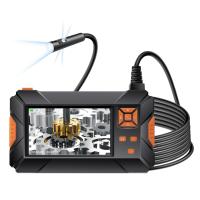
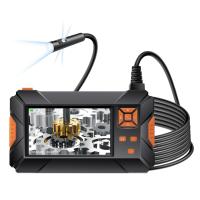
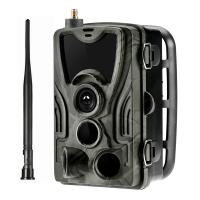

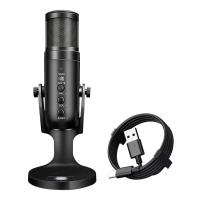



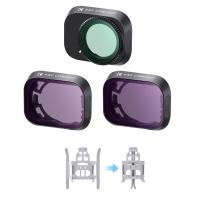



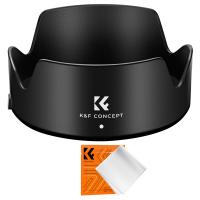

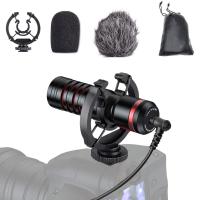


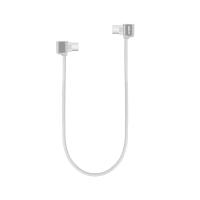


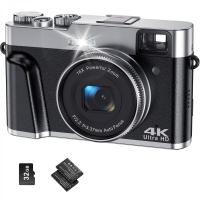

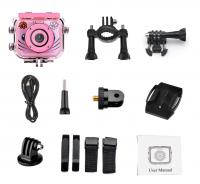
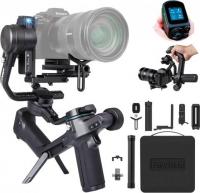




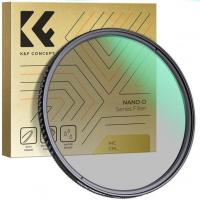
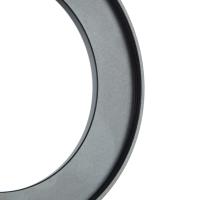
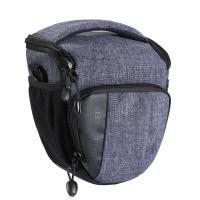







There are no comments for this blog.